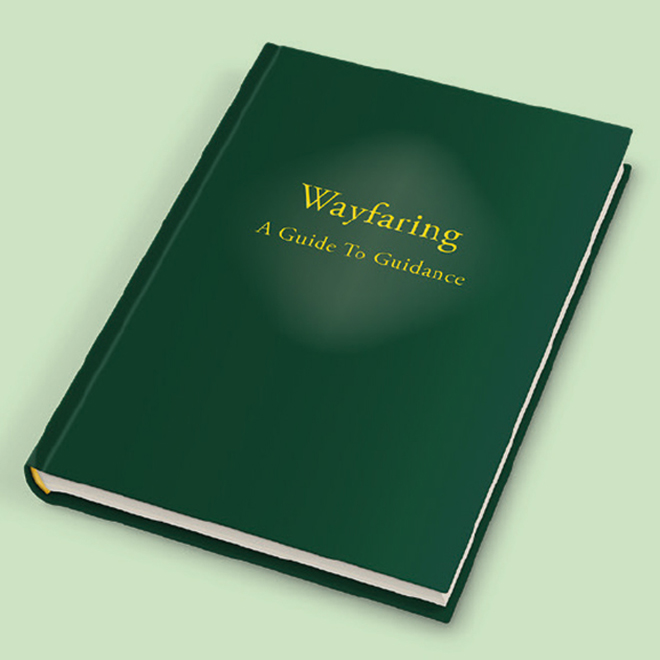Photo: Cover of 'Fascism: The story of an idea', by Ian Dunt and Dorian Lynskey.
Fascism: The story of an idea
By Ian Dunt and Dorian Lynskey
What is fascism exactly? It is a word bandied around to describe anything from Nazism to the trivial bossy behaviour of ticket collectors and parking attendants. Does fascism describe a bygone period of history, or do we see it emerging again today, in an age of populism?
